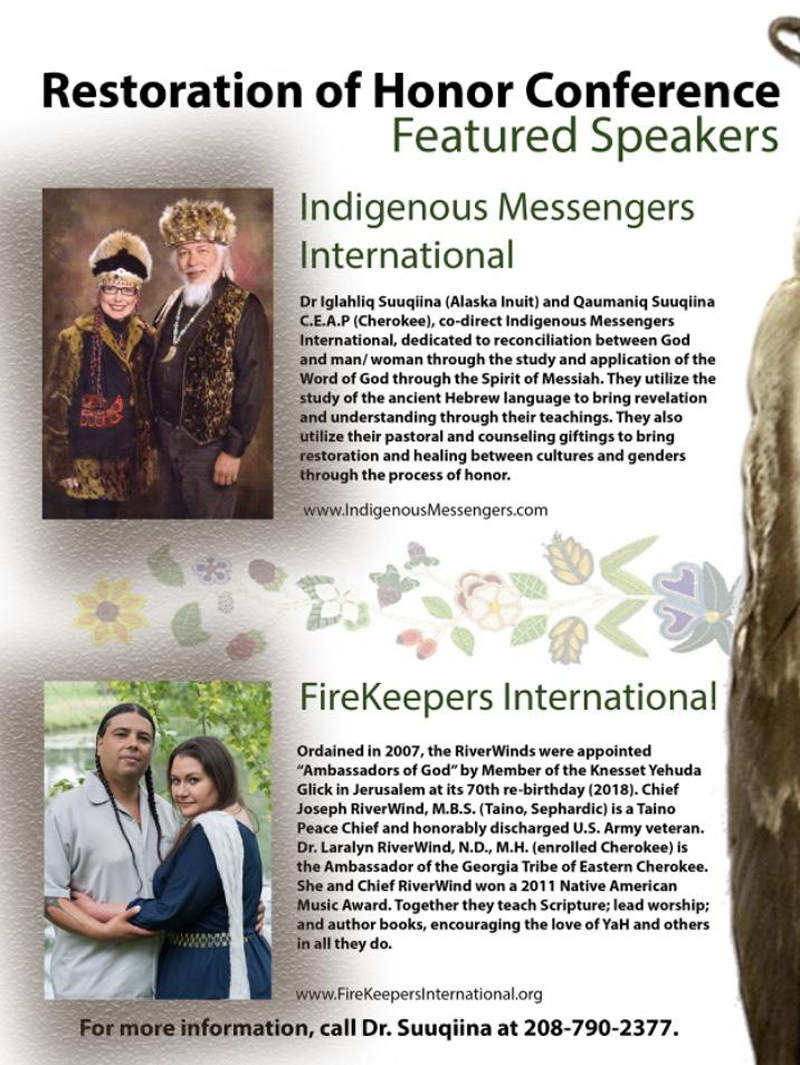The Bahá’í Faith, with its emphasis on unity and the intrinsic value of all cultures, provides a unique lens through which to examine the role of Indigenous and cultural messengers. Within this framework, we explore the intersection of spirituality, culture, and community among Indigenous populations and how these elements can enhance the overall Bahá’í teachings. Understanding these messengers can illuminate the rich tapestry of human experience and stimulate a robust exploration of shared values and cultural heritage.
At the core of Bahá’í teachings is the concept of unity in diversity, which is particularly relevant when examining Indigenous peoples and their cultural messengers. The Bahá’í Faith encourages recognition of the myriad contributions made by different cultures throughout history. Indigenous cultures, often rich in spirituality, wisdom, and unique worldviews, serve as profound examples of this principle. The cultural messengers of these communities—be they artists, storytellers, spiritual leaders, or activists—carry narratives that resonate deeply with the Bahá’í emphasis on God’s ongoing revelation and guidance.
To begin with, it is essential to consider the role of Indigenous messengers in the context of spirituality. Indigenous traditions across the globe contain a wealth of spiritual insights that align with Bahá’í directives for personal and communal development. They advocate for harmony with nature, an understanding of the interconnectedness of all life, and encourage practices that foster community cohesion. These teachings resonate with Bahá’í principles that regard the earth as a shared home, emphasizing stewardship of the environment as a divine obligation.
Moreover, the storytelling traditions found within Indigenous cultures serve as powerful expressions of spirituality and community identity. These narratives often embed lessons that inform ethical behavior, community responsibilities, and a deep respect for the natural world. Such stories are not merely artifacts of the past; they are living expressions of cultural identity that can inspire present and future generations. By incorporating these narratives into Bahá’í discourse, the richness of Indigenous wisdom can inspire followers and provoke transformative introspection.
Another critical aspect of the dialogue between Bahá’í teachings and Indigenous cultures is the advocacy for social justice. Indigenous messengers frequently voice issues pertaining to rights, land, and cultural recognition. Their narratives often highlight historical injustices, prompting audiences to engage critically with themes of equity and human rights. These issues are paramount in Bahá’í teachings, which underscore the necessity for justice as a pillar of societal evolution. Herein lies a profound opportunity for collaboration; Bahá’í communities can ally with Indigenous leaders to advocate for justice and reconciliation, fostering an environment in which all can thrive.
Furthermore, education emerges as another domain where the teachings of the Bahá’í Faith intersect with Indigenous messengers. The Bahá’í emphasis on the importance of education, particularly in empowering marginalized communities, aligns seamlessly with Indigenous efforts to preserve and revitalize their languages, art forms, and cultural practices. Educational initiatives led by Indigenous messengers often aim at raising awareness about cultural heritage among younger generations, ensuring the survival of their identities while integrating contemporary understandings. Such initiatives can embody the principle of equality, as they promote inclusive practices that honor and validate diverse knowledge systems.
Moreover, the role of Indigenous artisans can be seen as messengers of cultural expression. Through traditional crafts, visual arts, and performances, these artists not only convey their cultural narratives but also promote intercultural understanding. The Bahá’í teachings encourage the appreciation of beauty and the arts as vital components of spiritual growth and community building. By engaging with Indigenous art forms, Bahá’í communities can both provide support for these artisans and engage with the rich narratives encapsulated within their work. This interaction fosters deeper empathy and appreciation for diverse cultural expressions.
Additionally, Indigenous cultural messengers play an instrumental role in environmental advocacy. Many Indigenous communities possess extensive knowledge about sustainable practices and ecological stewardship, passed down through generations. This knowledge aligns remarkably well with Bahá’í teachings that advocate for environmental responsibility. Collaborative efforts between Indigenous leaders and Bahá’í communities could yield innovative solutions to pressing environmental issues, exemplifying the harmony of science and spirituality that the Bahá’í Faith espouses.
In furtherance of such collaborative efforts, interfaith dialogue can serve as a platform for mutual understanding and respect. Members of the Bahá’í community are encouraged to engage in respectful discussions with Indigenous messengers, facilitating a space where ideas and perspectives can be shared freely. This is crucial for breaking down barriers of misunderstanding and promoting a culture of acceptance and cooperation, which is at the heart of Bahá’í teachings.
In conclusion, the integration of Bahá’í teachings with the insights and messages of Indigenous cultures offers a robust framework for advancing understanding, justice, and collaboration among diverse populations. Embracing Indigenous narratives, art forms, and wisdom not only enriches the Bahá’í community but also adheres to its foundational principles of unity and inclusivity. Through such engagement, new paths may emerge, fostering deeper connections between peoples while honoring the richness of cultural diversity that enhances the human experience. The dialogue between the Bahá’í Faith and Indigenous messengers may well illuminate the path to a more harmonious and equitable world.
